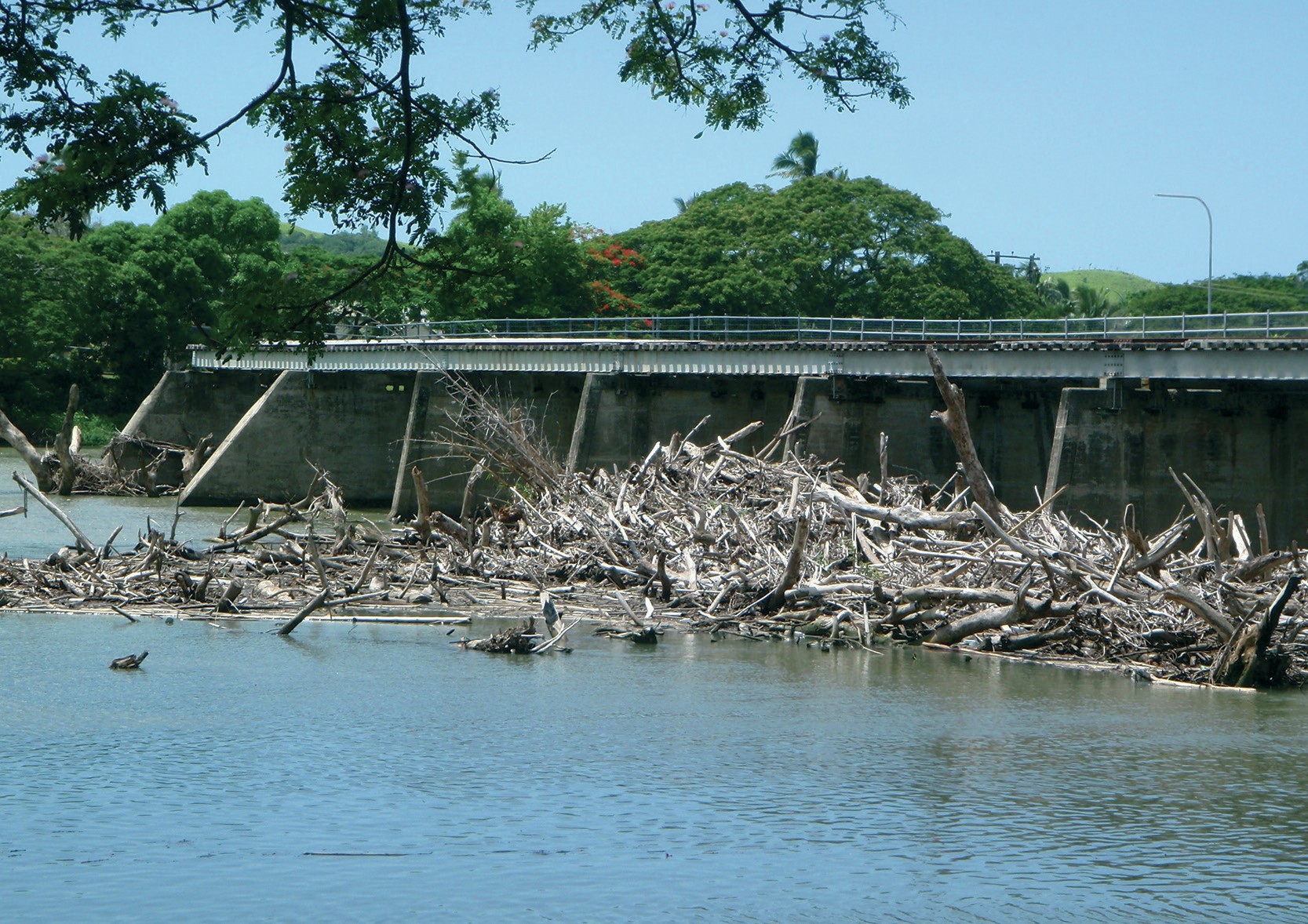
Tropical storms are called cyclones in the South Pacific (Table 1), hurricanes in the North Atlantic and typhoons in the North Pacific oceans. They are intense low-pressure systems that form in tropical latitudes, mostly between 5° and 20°, where warm ocean waters (above 26.5°C) extend over a large area. The initiation and development of a cyclone is called tropical cyclogenesis.
To begin with, a low-pressure cell forms by convection caused by the thermal imbalance between the warm tropical ocean and the cool upper atmosphere. Moist air is drawn inwards as convection intensifies and strong winds are generated, converging into the centre. The warm ocean provides heat and moisture to fuel the system.
Your organisation does not have access to this article.
Sign up today to give your students the edge they need to achieve their best grades with subject expertise
Subscribe




